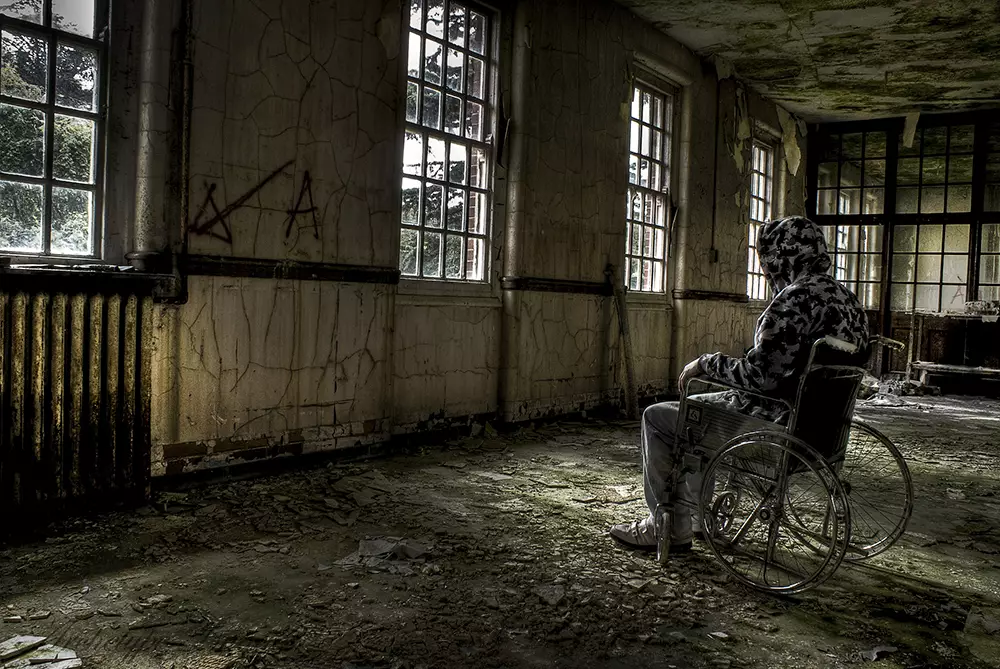
Whether it's lads opening up about their anxiety or discussing depression, it seems like mental health stigma is at an all-time low in Britain. Culturally, we're slowly starting to detach the issues from a sense of shame or embarrassment.
But we're only noticing this shift because it signals a drastic change from attitudes of old. It hasn't always been like this. If you want a tangible example of our troubled history with mental health, you need only to look at the abandoned asylums that dot the country.
The history of mental asylums is a dark mark on medicine - when doctors thought it was better to lock-up patients suffering from mental health disorders than treat them as members of society.
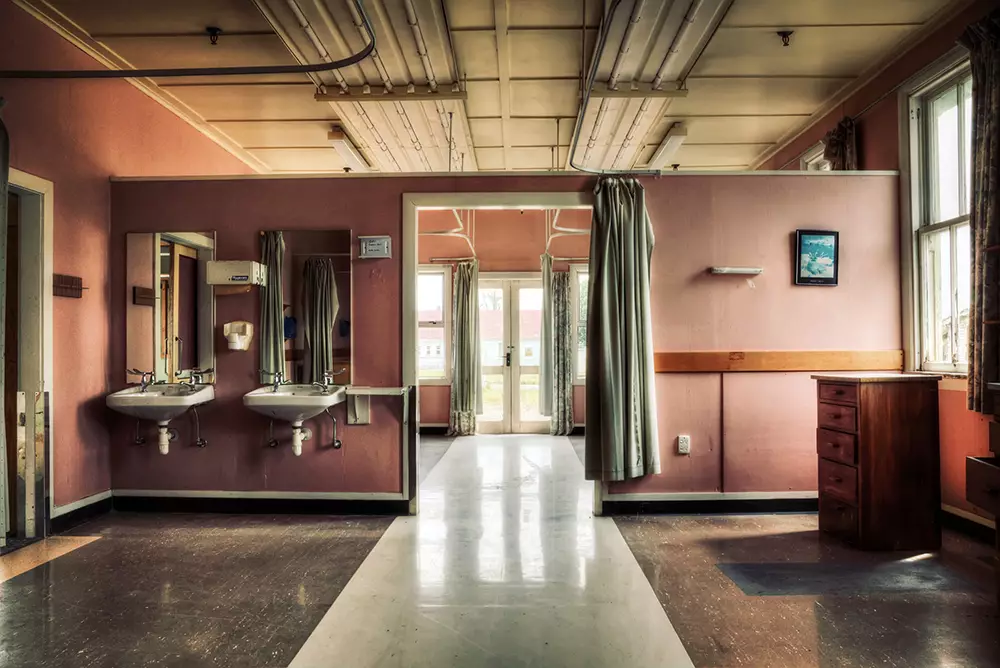
Credit: Luke Joyce
Although specialist psychiatric hospitals remain, the archaic concept of the British asylum does not. For the most part, institutes like Graylingwell Hospital (formerly The West Sussex County Lunatic Asylum) in Chichester, were closed in the early 2000s.
Throughout the twentieth century, doctors and psychologists used these insitutions to experiment with now discredited treatments such as electro-shock therapy, erotic massages and lobotomies.
When advances in psychological care made these techniques obsolete, the hospitals ceased treatment. However, many of these abandoned asylums remain standing due to their status as listed buildings.
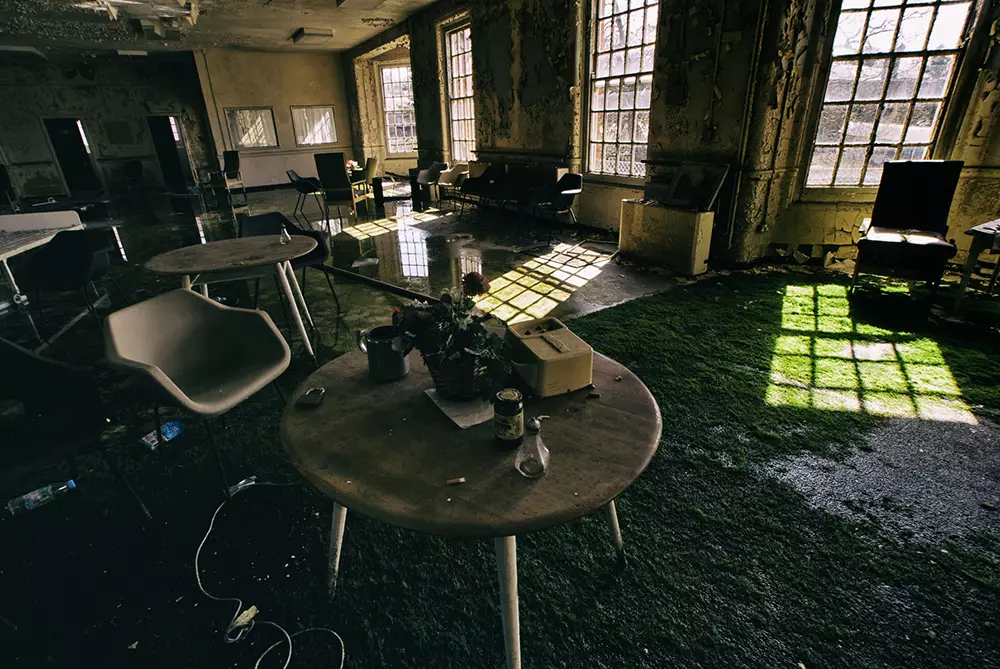
Credit: Luke Wesley
These Victorian buildings might be guarded by security and CCTV, but there are still urban explorers who are willing to hop fences, sneak through windows and travel across the globe in order to revisit a restricted part of our medical history.
As well as letting us take a look at their sick photography, three urban exploring lads, Wesley, Trev and Luke spoke to us about what it's like to get inside abandoned asylums.
Luke, who has explored sites across the world - including prisons, hospitals and power plants - said that urban exploration could be a dangerous hobby. He told me about an especially risky venture in an Asylum south of the Equator.
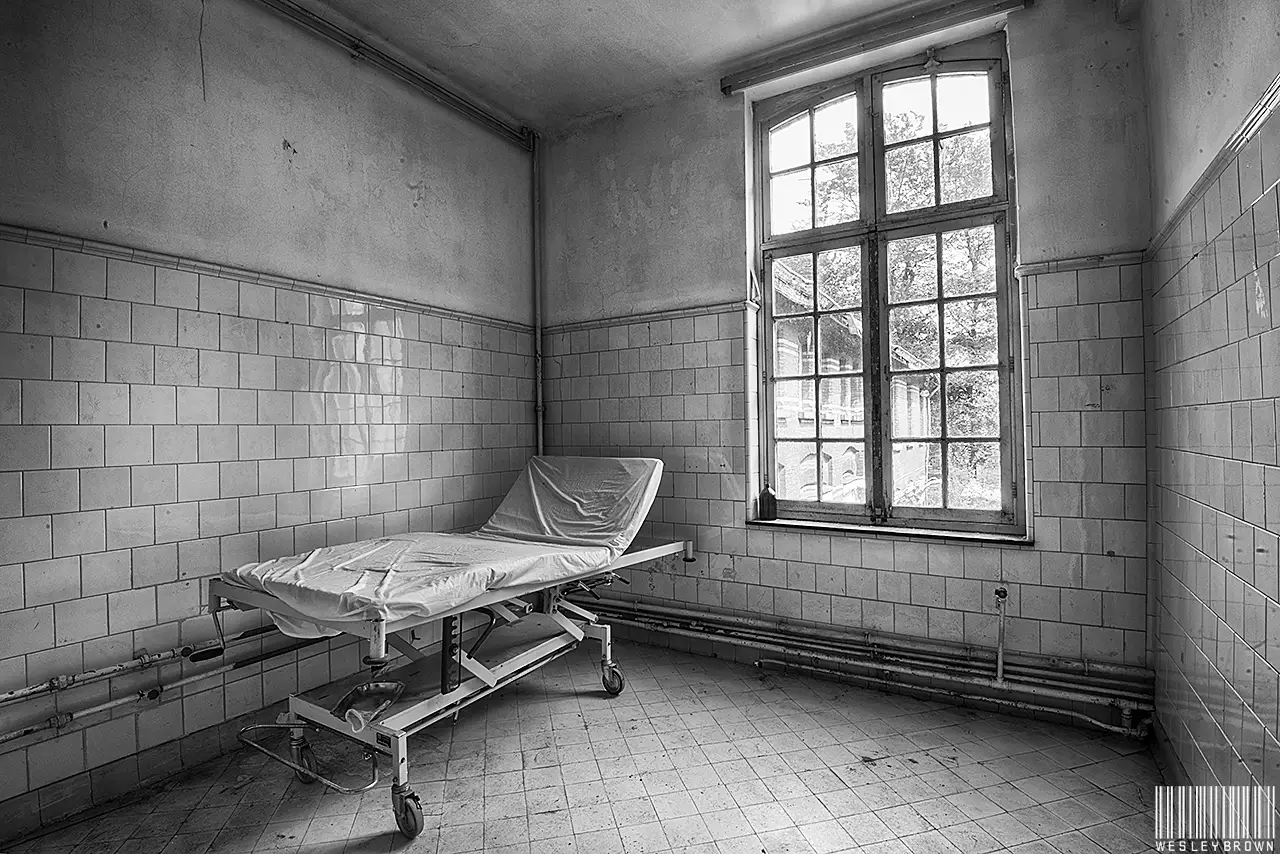
Credit: Wesley Brown
"I was in New Zealand for a couple of months. At one asylum there's a security guy who rides around on a quad bike with a shotgun, so he definitely doesn't want anybody going in there," Luke said. "Being on the other side of the world was a bit sketchy."
Advert
Along with the initial adrenaline rush, these empty structures give pause for reflection.
"Asylums are interesting because of how creepy the establishment was in the first place. The one in New Zealand was shut down because electro-shock therapy was used on genitals without anaesthetic. It was just for torture purposes."
Luke admits you have to prepare yourself to find some shocking things when exploring an asylum.
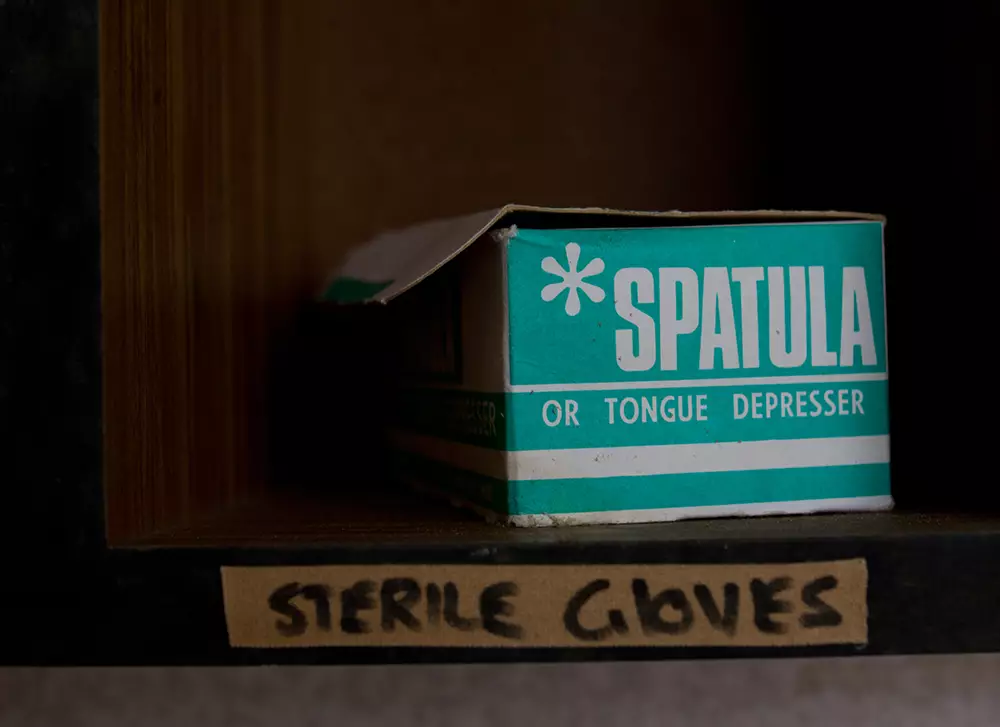
Credit: Luke Joyce
"You'll come to a cupboard in a building that has 500 rooms in it and you'll see one room with all the medical records in it. Some people were having visions of ripping teeth out.
"Some of the patients are still alive because these places didn't close a million years ago. They should have at least shredded or burnt their records if they didn't want them - it's just the fact they left them there."

Credit: Luke Joyce
Wesley, who has been to five sites in the UK as well as in Belgium and France, says he likes looking around them because of their history.
"I do a lot of urban exploration, but I like going around asylums. There's not many of them left now, especially in the UK, since they changed the mental health system," he told me.
"They were quite old school asylums, they did some pretty horrendous stuff in them and they started to do community based care.

Credit: Luke Joyce
"They're listed buildings so they can't do anything with them. Most of them have just fallen apart and collapsed."
Like Luke, Wesley says the atmosphere inside them is eerie. And evocative of another sort of institution.
"I've been round a few prisons and the only real difference is that the doors don't have bars on them - I think really most of the old asylums were prisons in a way."
Thanks a lot to Trev, Wesley and Luke for speaking to us - you can check out more of their pictures here, here and here.
Advert
Words by James Dawson
Featured image: Luke Joyce
Featured Image Credit: